Signs of Storm Damage to Roof | Addressing Roofing Issues
Storms can have a significant impact on the integrity of a roof, posing potential risks and damages. Whether it’s a powerful windstorm, a severe thunderstorm, or a heavy downpour, these weather events can subject roofs to various stresses. Understanding the potential consequences is crucial for homeowners and property owners to ensure timely repairs and prevent further damage.
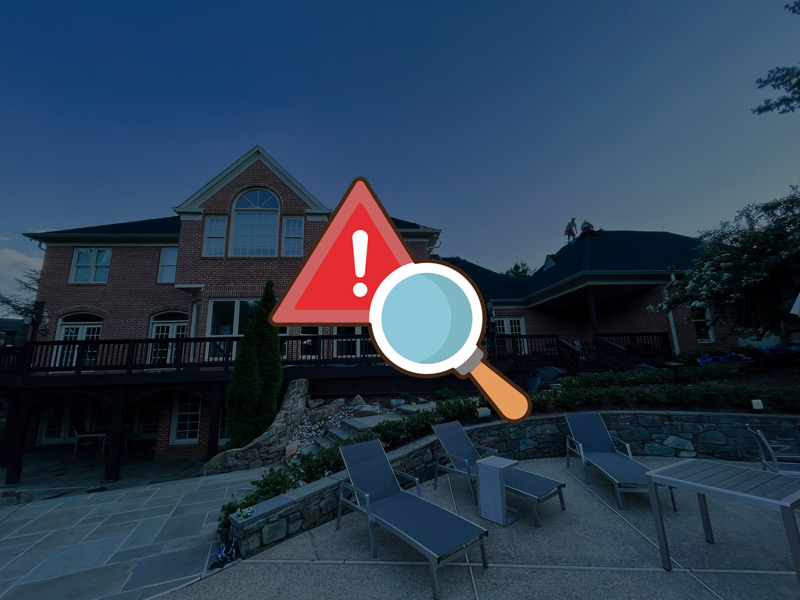
Exterior Inspection
Missing or Damaged Shingles
One of the primary signs of storm damage to a roof is the presence of missing or damaged shingles. Storms can cause strong winds that lift and tear shingles from the roof’s surface. Inspect your roof carefully for any noticeable gaps or areas where shingles are entirely missing. Additionally, look for shingles that are visibly cracked, torn, or curled, as these can indicate storm-related damage. Identifying and replacing these compromised shingles promptly is crucial to prevent water infiltration and further deterioration of the roof’s structure.
Cracked or Lifted Shingles
Storms can also cause shingles to crack or become lifted. When wind gusts forcefully impact the roof, it can lead to the cracking of shingles, compromising their ability to protect against water intrusion. Examine your roof for any signs of cracks in the shingles, paying close attention to areas where wind-driven debris may have impacted the roof’s surface. Furthermore, lifted shingles, which may appear raised or detached from the roof deck, are another red flag of storm damage. Addressing these issues promptly will help maintain the roof’s integrity and prevent leaks.
Granule Loss on Shingles
Another indicator of storm damage to the roof is the loss of granules on the shingles’ surface. Shingles are typically coated with granules, which provide protection against UV rays and enhance their durability. However, severe weather events can dislodge these granules, leaving the shingles exposed and vulnerable. Inspect your roof for areas where granules have accumulated in gutters or downspouts, as this could signify damage. Moreover, check the shingles themselves for bald spots or noticeable thinning, indicating granule loss. Proper maintenance and timely repairs are necessary to prevent further degradation of the roof’s protective capabilities.
Damaged Flashing and Ventilation Components
During storms, flashing and ventilation components on the roof can sustain damage. Flashing, typically made of metal or other weather-resistant materials, is installed around chimneys, skylights, and roof valleys to prevent water intrusion. Examine the flashing carefully for signs of bending, lifting, or cracks, as these can indicate storm-related damage. Additionally, inspect the ventilation components, such as ridge vents or turbine vents, for any visible signs of dislodgement or damage caused by high winds. Addressing these issues promptly will help maintain the roof’s integrity and prevent moisture-related problems.
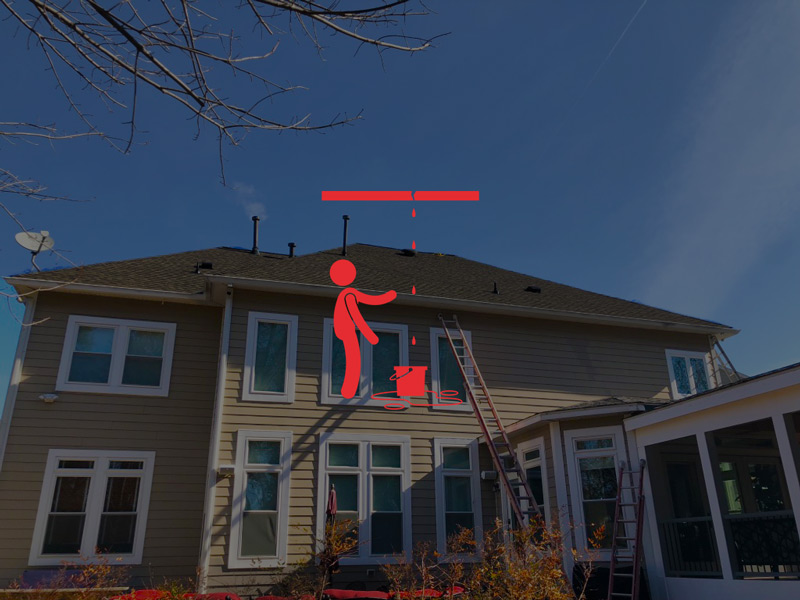
Interior Inspection
Leaks and Water Stains on Ceilings or Walls
When it comes to identifying signs of storm damage to the roof, inspecting the interior of your property is equally important. One of the most evident indications of roof damage is the presence of leaks and water stains on ceilings or walls. After a storm, carefully examine your home’s interior for any discoloration, dampness, or water dripping from the ceiling. These signs suggest that water has penetrated the roof, likely due to storm-related damage. Promptly addressing these leaks is crucial to prevent further water damage and potential structural issues.
Damp or Moldy Odors in Attic Spaces
Storm damage to the roof can also lead to moisture buildup in the attic. As you inspect the interior of your home, pay attention to any musty, damp, or moldy odors emanating from the attic. These odors may indicate water intrusion through the roof, resulting in excessive humidity and promoting mold growth. Mold can not only compromise indoor air quality but also cause structural damage over time. If you notice such odors, it is essential to address the underlying roof damage promptly and ensure proper ventilation and moisture control in the attic.
Waterlogged Insulation or Deteriorating Roof Decking
Another area to examine during the interior inspection is the condition of the insulation and roof decking. Storm damage to the roof can cause insulation to become waterlogged, reducing its effectiveness and potentially leading to further issues like mold growth. Inspect the insulation for signs of saturation, such as clumping, discoloration, or a waterlogged texture. Additionally, check the roof decking for any signs of deterioration, such as sagging, warping, or visible water damage marks. Timely identification and mitigation of these issues are crucial to maintaining a structurally sound roof and a comfortable living environment.
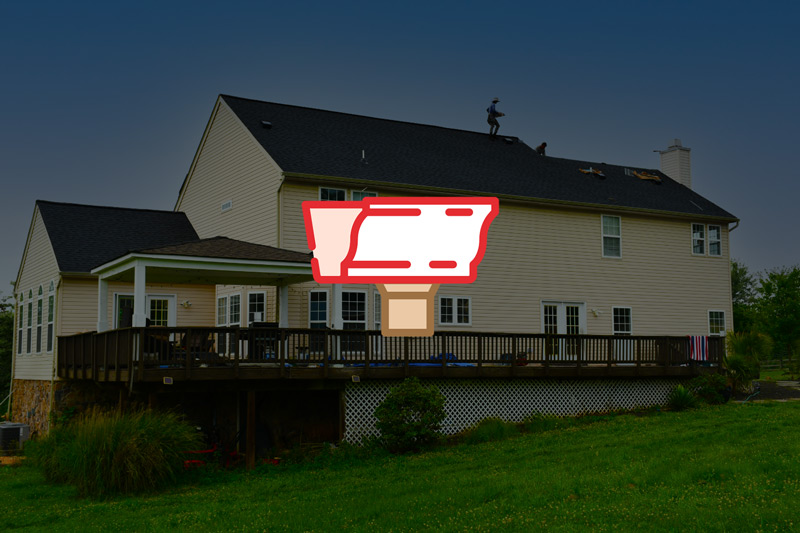
Gutter Inspection
Denting or Deformation
Analyzing the condition of your gutters is an important step in assessing storm damage to the roof. Inspect the gutters for any signs of denting or deformation, as these can indicate the impact of heavy precipitation or hail during a storm. Look closely at the gutters along the roofline, checking for any areas where the gutters appear misshapen or damaged. Dents and deformations can affect the functionality of the gutters, impeding proper water flow and potentially leading to water damage. Addressing these issues promptly will help ensure effective drainage and prevent further complications.
Loose or Disconnected Gutters and Downspouts
During a storm, strong winds can cause gutters and downspouts to become loose or disconnected from the roofline. Inspect the gutters to ensure they are securely fastened and properly aligned. Look for any sections of the gutter system that may have become detached or are visibly loose. Inadequately secured gutters can lead to water overflow, contributing to water damage to the roof and the surrounding areas. If you notice any loose or disconnected components, reattach and secure them promptly to maintain optimal gutter functionality.
Accumulation of Granules or Shingle Debris
Another aspect to consider during gutter analysis is the presence of granules or shingle debris. After a storm, inspect the gutters for any accumulation of granules or pieces of shingle material. These can be indicators of roof damage caused by severe weather. When shingles become damaged or deteriorated, they may shed granules or debris, which can then collect in the gutters. Excessive accumulation of granules or shingle debris can affect water flow and potentially clog the gutter system. Clearing the gutters of such debris and addressing the underlying roof damage is essential for proper drainage and to prevent gutter-related issues.
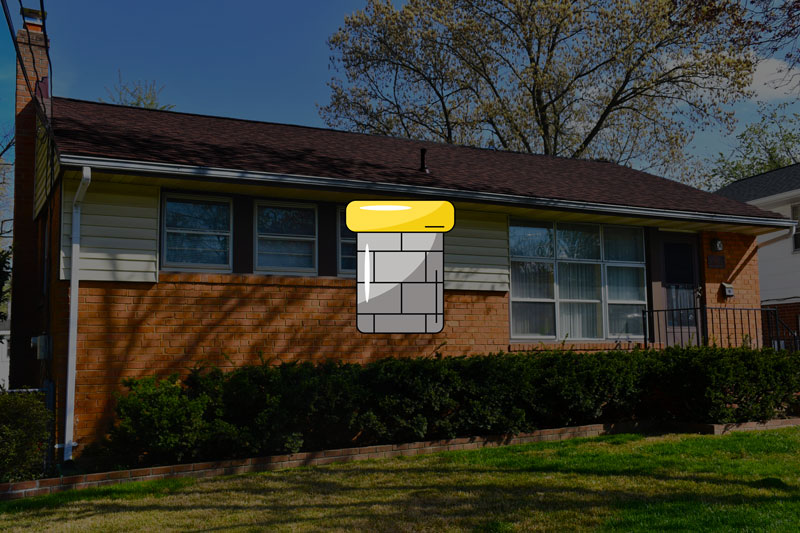
Chimney and Vents Inspection
Loose or Cracked Mortar Joints on Chimney
When examining your roof for signs of storm damage, it’s important not to overlook the chimney. Inspect the mortar joints between the bricks of your chimney for any indications of damage. Look for signs of loosening or cracking in the mortar, as these can allow water to seep into the chimney structure and potentially cause further deterioration. Addressing loose or cracked mortar joints promptly will help prevent water intrusion and maintain the structural integrity of the chimney.
Damaged or Misaligned Flashing around Vents
Flashing plays a critical role in protecting vulnerable areas of your roof, such as vents, from water intrusion. During your assessment, closely examine the flashing surrounding the vents for any signs of damage or misalignment. Look for gaps, cracks, or areas where the flashing may have become dislodged. Damaged or misaligned flashing can allow water to penetrate the roof and create potential leaks. Ensuring the proper condition and installation of flashing around vents is essential in maintaining a watertight roofing system.
Water Stains or Rust on Chimney Cap or Vent Covers
Another aspect to consider during the assessment of chimneys and vents is the presence of water stains or rust on the chimney cap or vent covers. These stains or rust spots can indicate that water has been entering these areas, potentially due to storm damage. Inspect the chimney cap and vent covers for any discoloration, moisture marks, or signs of rusting. Addressing these issues promptly will help prevent further water damage and ensure the proper functioning of these components.
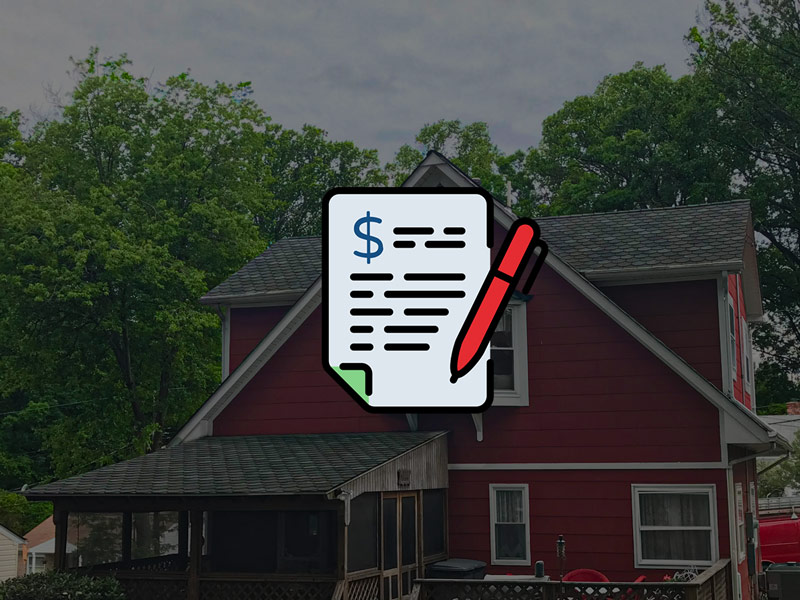
Professional Inspection and Insurance Claims
Importance of Hiring a Qualified Roof Inspector
When it comes to assessing storm damage to your roof, it’s often beneficial to hire a qualified roof inspector. These professionals have the expertise and experience to thoroughly examine your roof and identify signs of damage that may not be immediately apparent to an untrained eye. Hiring a qualified roof inspector can provide you with a comprehensive assessment of the storm damage, helping you make informed decisions regarding necessary repairs or insurance claims.
Documenting Damage for Insurance Purposes
In the event of storm damage to your roof, documenting the extent of the damage is crucial for insurance purposes. Take detailed photographs of the affected areas, capturing close-up shots that clearly show the signs of storm damage. Make sure to include images that highlight any missing or damaged shingles, cracks, leaks, or other visible issues. These visual records will serve as valuable evidence when filing an insurance claim and can help substantiate your case for coverage.
Understanding the Claims Process and Policy Coverage
Navigating the insurance claims process can be complex, especially when it involves storm damage to your roof. It’s essential to familiarize yourself with your insurance policy and understand the coverage it provides for storm-related damages. Review the policy carefully, paying attention to specific terms, deductibles, and limitations. Additionally, consult with your insurance provider to gain a clear understanding of the claims process and any documentation requirements. Being well-informed about the process and your policy coverage will help ensure a smoother experience when filing a claim.
View More Articles
Please Share!











